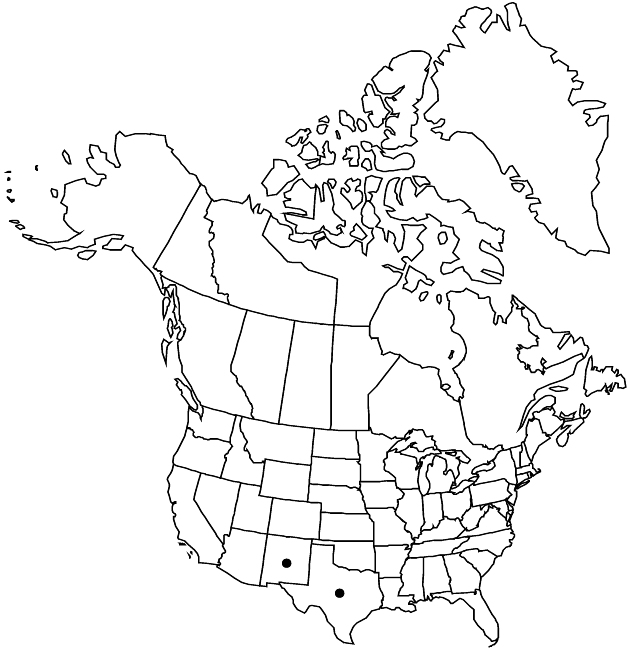Difference between revisions of "Hymenopappus biennis"
Rhodora 58: 256, figs. 24, 38. 1956.
FNA>Volume Importer |
FNA>Volume Importer |
||
| Line 46: | Line 46: | ||
|publication year=1956 | |publication year=1956 | ||
|special status= | |special status= | ||
| − | |source xml=https://jpend@bitbucket.org/aafc-mbb/fna-data-curation.git/src/ | + | |source xml=https://jpend@bitbucket.org/aafc-mbb/fna-data-curation.git/src/f6b125a955440c0872999024f038d74684f65921/coarse_grained_fna_xml/V19-20-21/V21_771.xml |
|tribe=Asteraceae tribe Heliantheae | |tribe=Asteraceae tribe Heliantheae | ||
|subtribe=Asteraceae (tribe Heliantheae) subtribe Hymenopappinae | |subtribe=Asteraceae (tribe Heliantheae) subtribe Hymenopappinae | ||
Revision as of 18:50, 24 September 2019
Biennials, 60–100 cm. Leaves: basal 2-pinnate, 6–16 cm, lobes 6–20 × 1(–3) mm; cauline 10–40. Heads 20–40 per stem. Peduncles 1–6 cm. Phyllaries yellowish, 5–8 × 3–5 mm. Ray florets 8; corollas white, laminae (6–)14–16 mm. Disc florets 32–50+; corollas yellowish, 3–3.5 mm, tubes 1.5 mm, throats campanulate, 1.5–2 mm, lengths 2–3 times lobes. Cypselae 4 mm, glabrous; pappi 0 or of scales 0.1–0.2 mm. 2n = 34.
Phenology: Flowering Jul–Oct.
Habitat: Limestone soils
Elevation: 2000–3000 m
Discussion
Selected References
None.
Lower Taxa
None.
